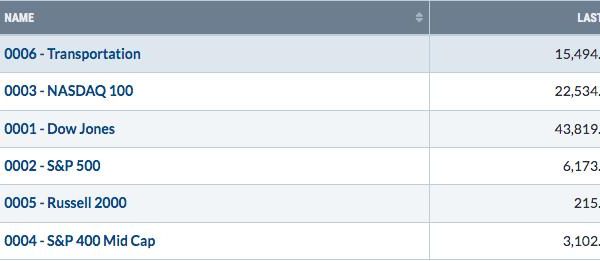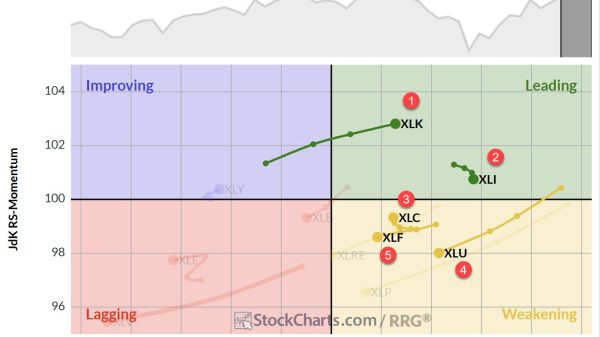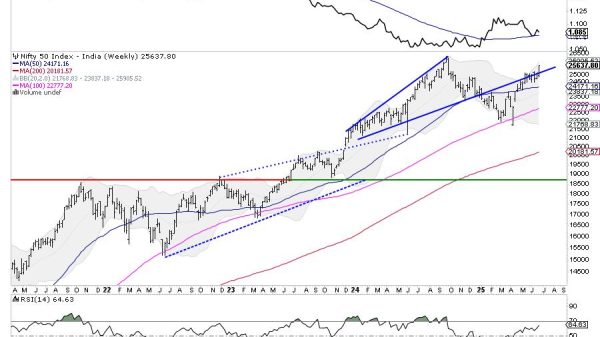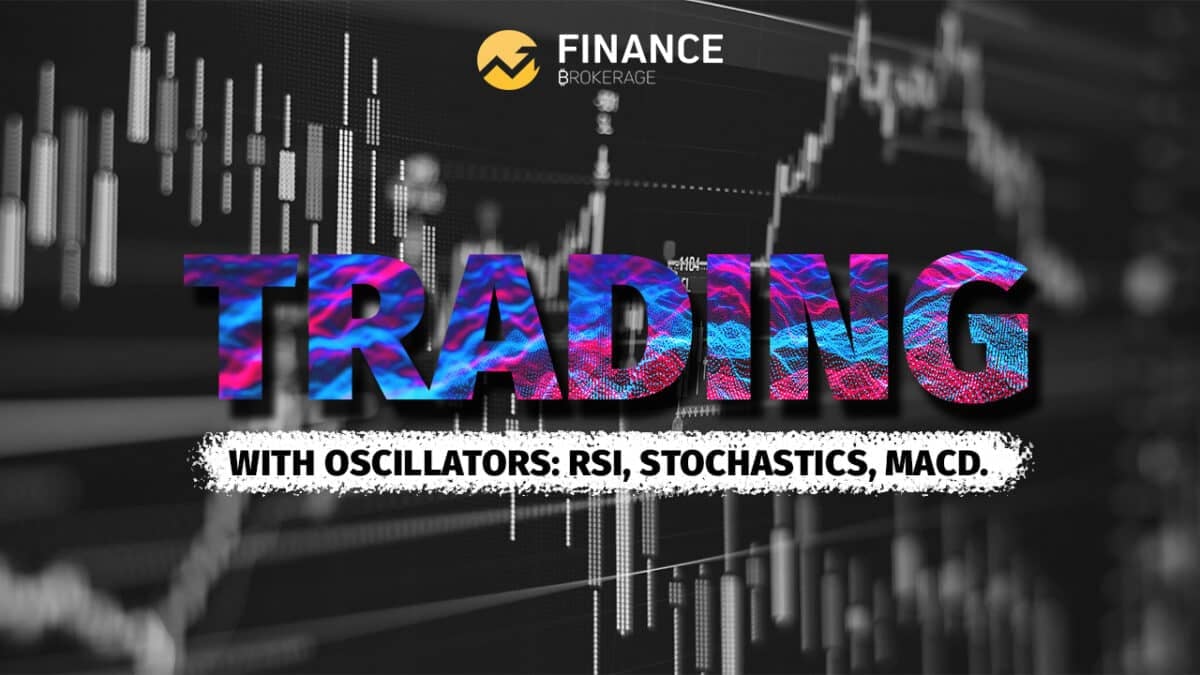Trading with Oscillators
Regarding trading, oscillator indicators are a basis for analyzing a currency pair or other asset classes. From the word itself, oscillators oscillate between two fixed values with the actual asset price to help traders scale the directional movement, strength, and momentum. Using an oscillator indicator, you can determine if an asset price is moving upward or downward and its speed is going in that direction.
It is a technical analysis tool that traders use to find short-term overbought or oversold states. Whenever a value of the oscillator goes toward the upper extreme value, people would interpret the data as an overbought asset. On the other hand, if it hits the lower extreme, they say that the asset is oversold.
One of the popular oscillators is the Moving Average Convergence Divergence (MACD) indicator. Its primary purpose is to measure the strength of a trend. Opposite to some indicators that display the direction of the price, the MACD states the direction of the trend’s momentum.
Its three parts are the MACD line, calculated by subtracting a long moving average from the short moving average; the signal line, which is mainly a nine-period exponential moving average; and the zero line. Signals are made whenever the MACD line goes past the signal line. If it goes below, it indicates a downward movement. Going up means a potential up move. Going below the zero line means the market is oversold. Moving above it means it is overbought.
Another example is the Relative Strength Index (RSI) which compares the average size of the upward moves to the average size of downward moves within the same time frame. An RSI over 70 is seen as overbought and may indicate a down move. A reading that shows 30 is translated as a market that is oversold with an upward price move. Also, if the prices rally, but the RSI does not hit above 70, there might be room for an upward market move.
The final example is the Stochastics indicator. It compares the latest stock close to the opening and closing values range over a prior period. In this indicator, markets going in an upward trend would close near the high point of their range, while stocks in a downward movement could close at the bottom point of the range.
The post Trading with Oscillators appeared first on FinanceBrokerage.























